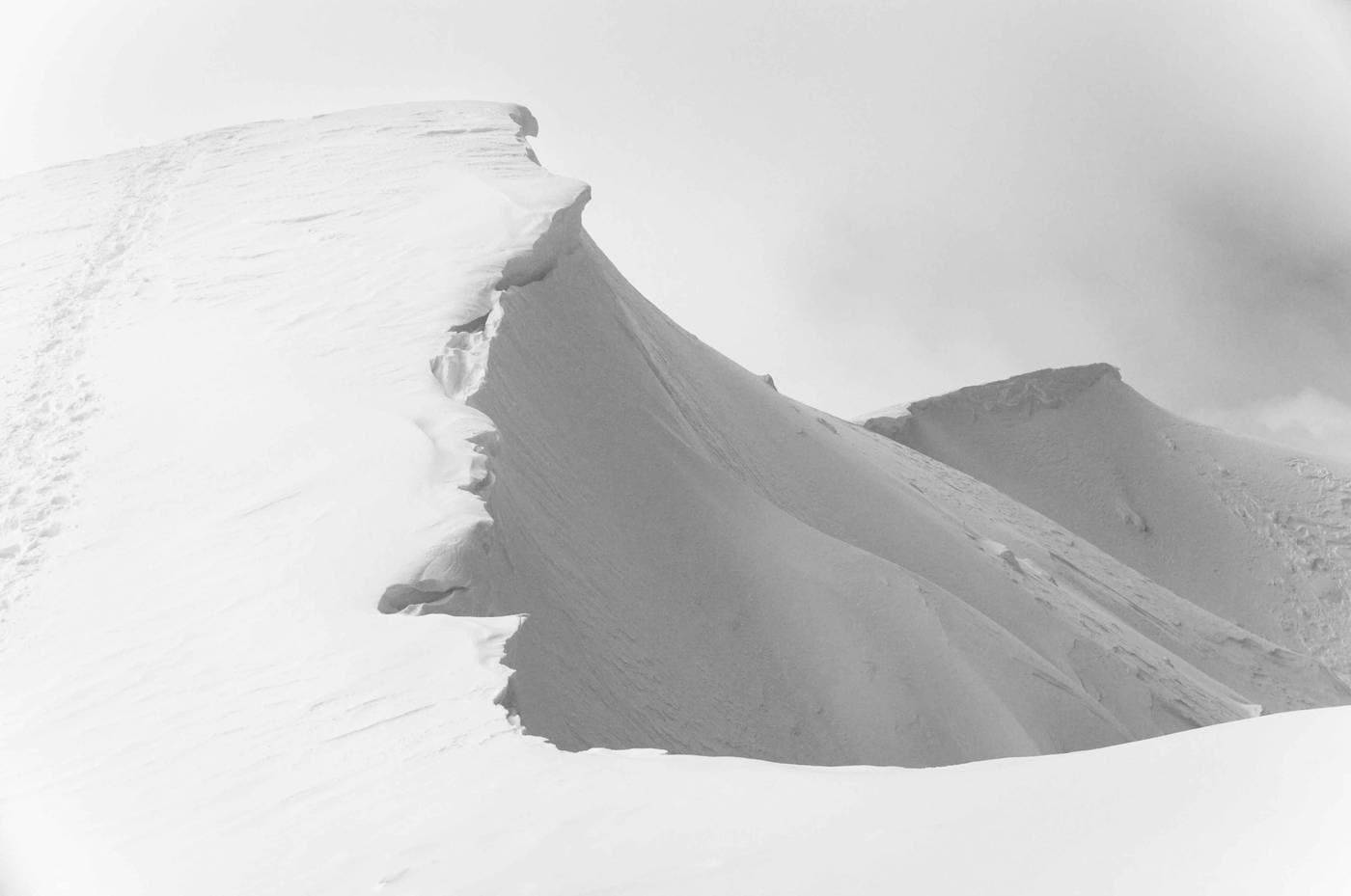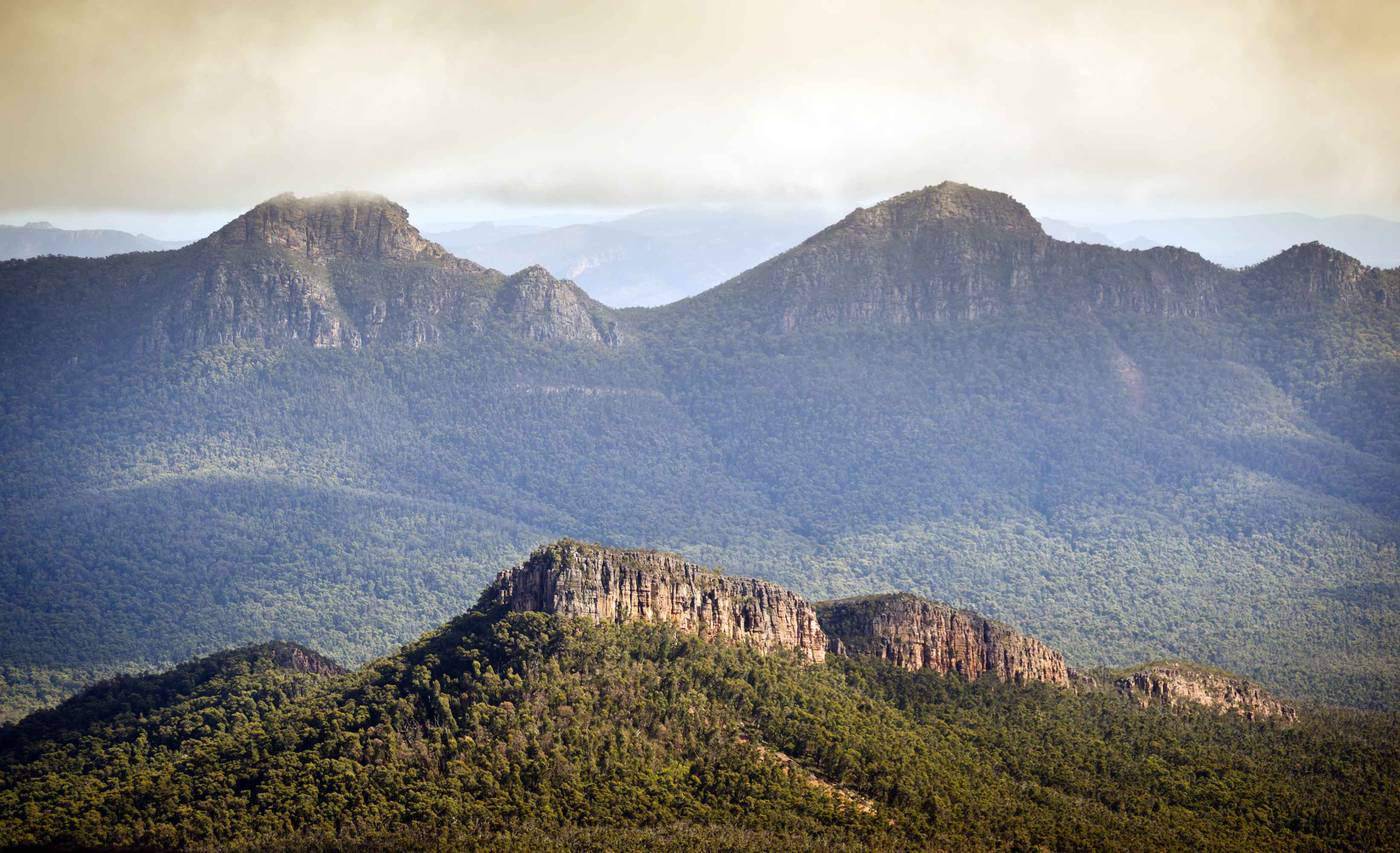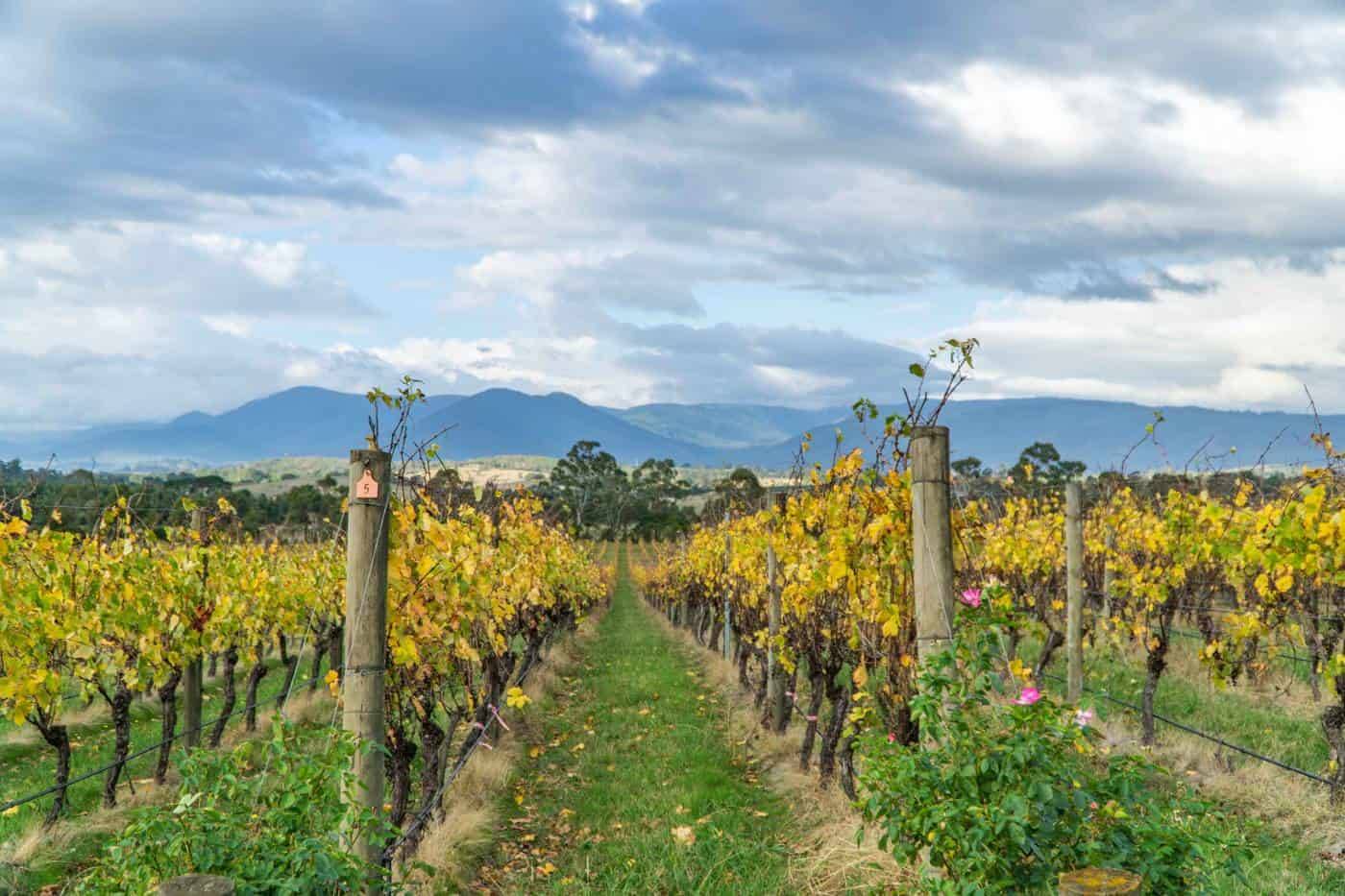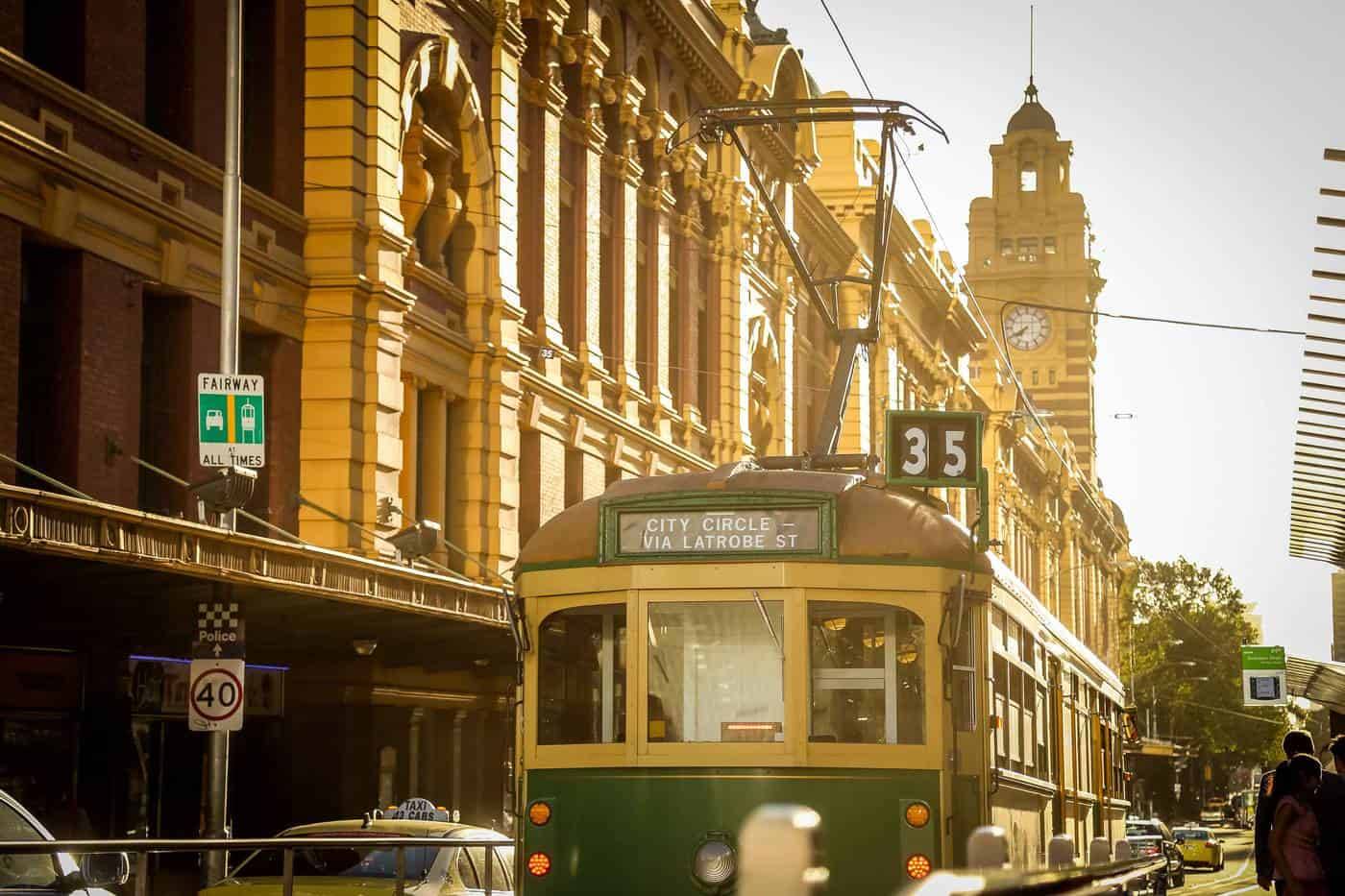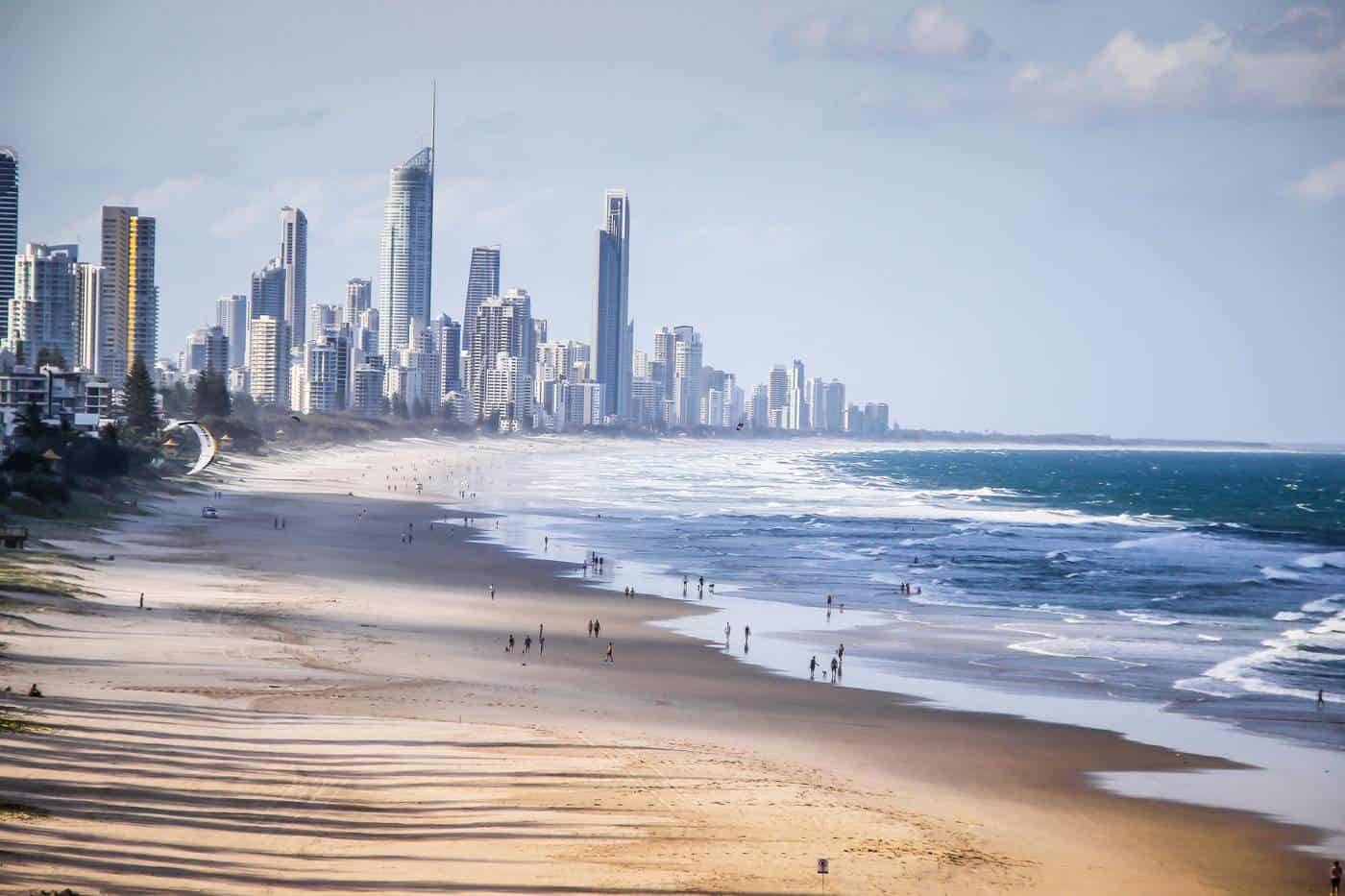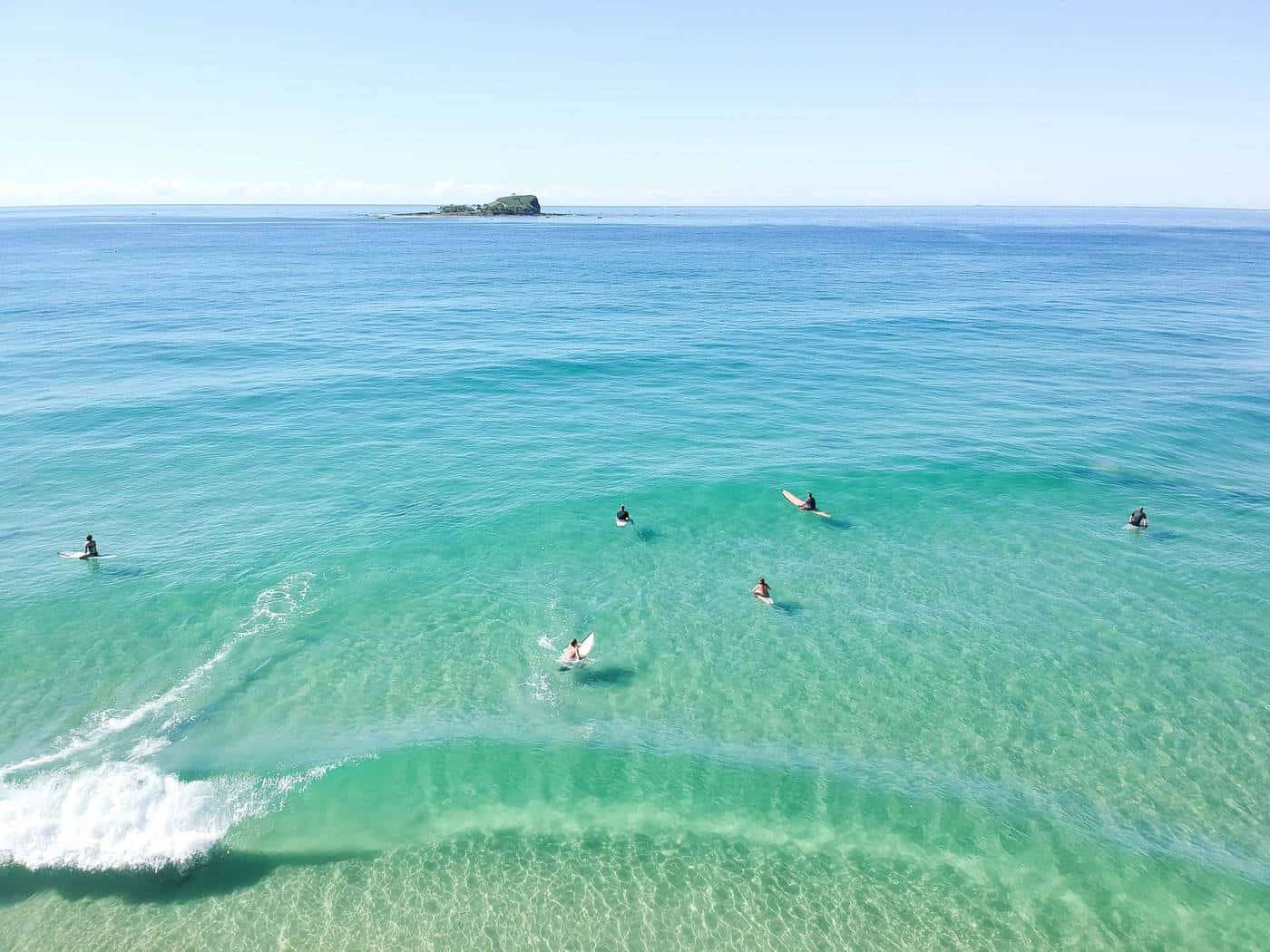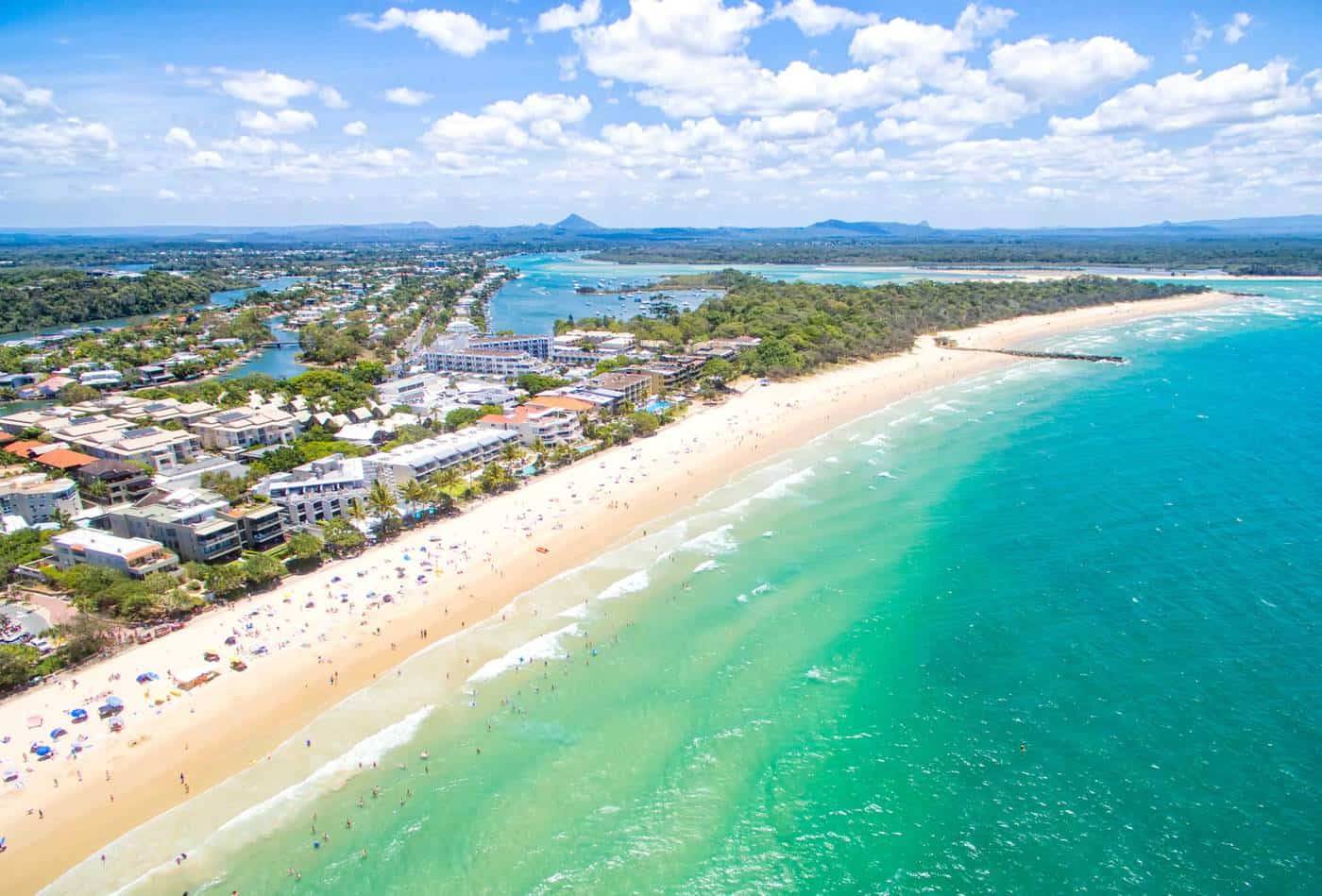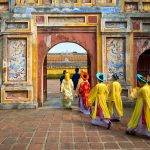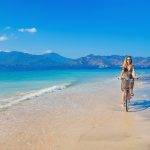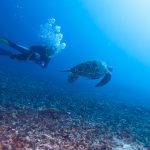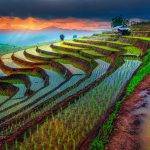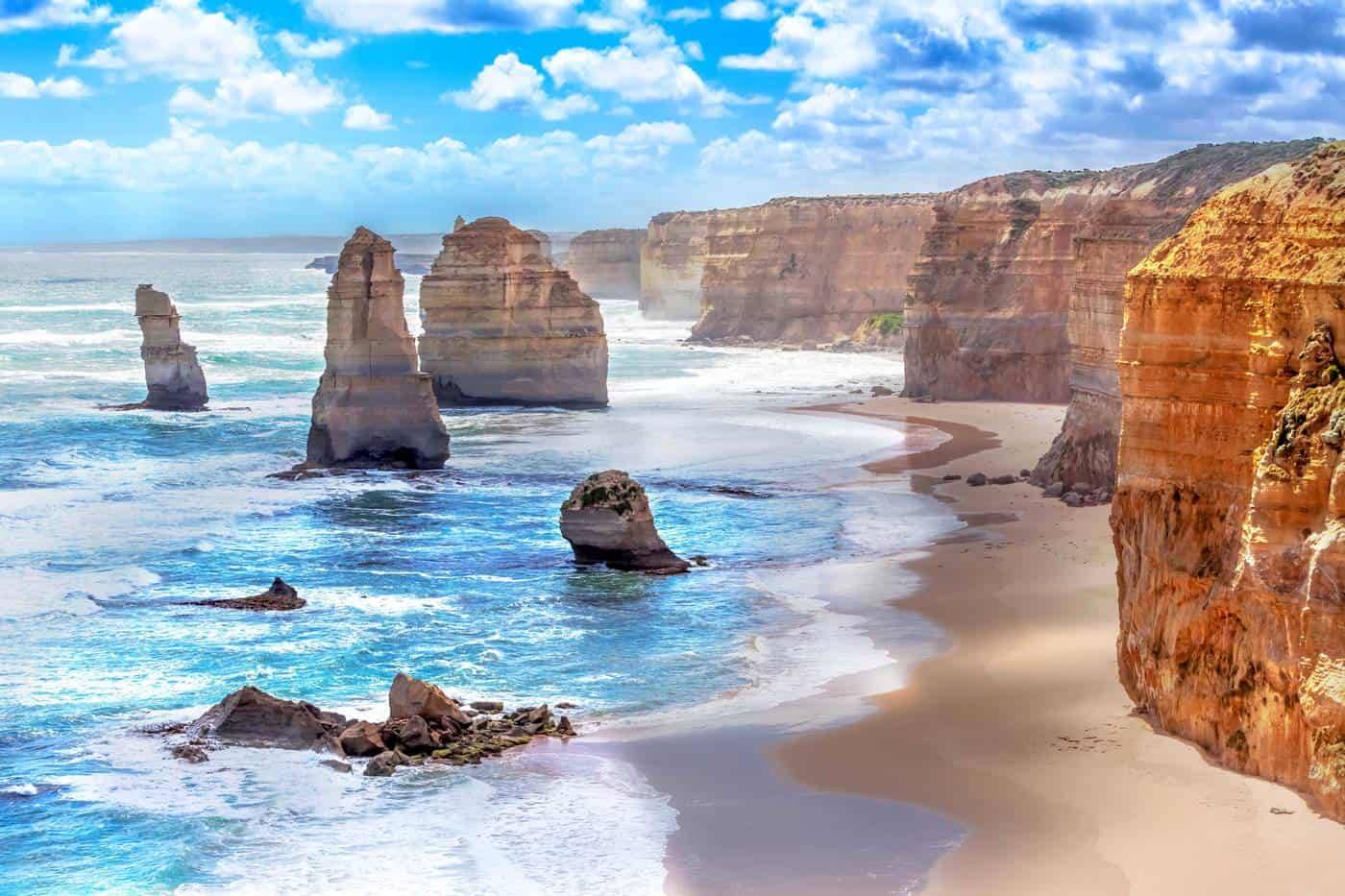
GREAT OCEAN ROAD
The winding coastal road was manually excavated between 1919 and 1932 and dedicated to the soldiers killed during WWI. Today, it makes one of the TOP 10 scenic tourist drives in Australia with numerous historic sites and lookouts with fantastic views over the Southern Ocean and some of the best surfing locations in the world. Although one can begin the journey from both sides the main gateway to the Great Ocean Road is Geelong.

The Great Ocean Road tour surely blows your mind away for its coastal scenery, and besides, there is also a great historical heritage and culinary culture to uncover. On the way, visitors will be driving through several coastal villages, established by the Greeks and Italians during the colonial era and their legacy is still quite evident. Small seaside taverns and cosy restaurants offer delicious Mediterranean cuisine and fresh seafood. The main reason to hop behind the wheel, however, is the rugged images of the 12 Apostles towering from the Southern Ocean along the Shipwreck Coast.

MUST-STOP PLACES ALONG THE DRIVE (from Geelong to Warrnambool)
The scenic road starts in the friendly coastal town of Torquey. The place is famed for being home to the world`s famous surf-related companies Quicksilver and Rip Curl, and every surfer knows the name “Bells Beach.”
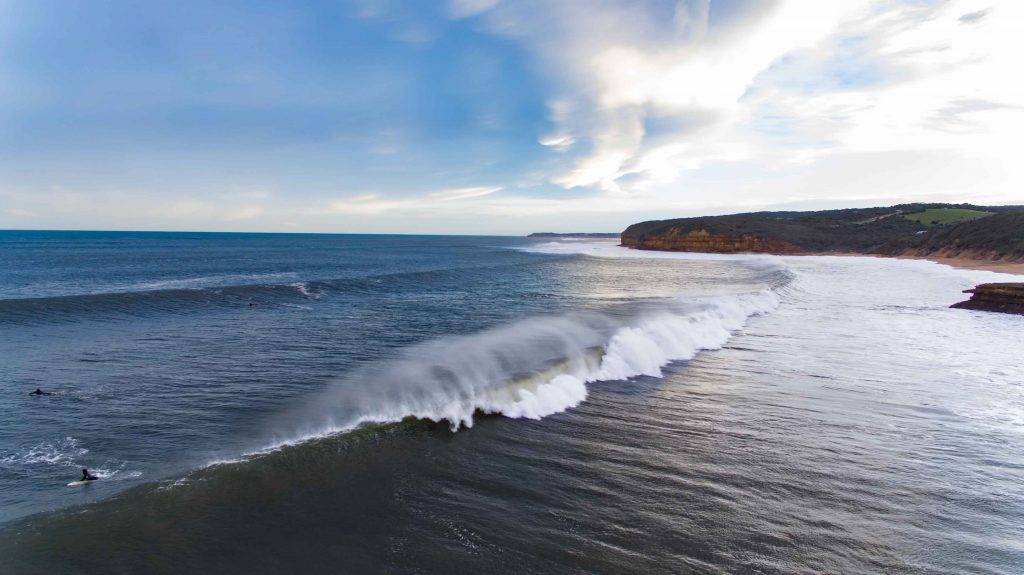
Anglesea and Lorne are both picturesque seaside holiday resorts; Apollo Bay features laid-back atmosphere, lovely walks and nice beach taverns, the forests of the Otway National Park characteristic of fragrant eucalyptus spotted with lazy koalas.

In the end, the road is running along the shore for the whole length of the Port Campbell National Park, and the Shipwreck Coast – a stretch of rugged coastline upon which at least 80 ships have come to grief. There are plenty of natural wonders to come across, such as the spectacular Lord Ard Gorge associated with a tragic story of “Lord Arch” – a large English clipper ship that collided with the rocks of the Mutton Island in 1878. Only two passengers miraculously survived – Tom & Eva. There are several lookouts, caves, grottos and walking tracks in the area.
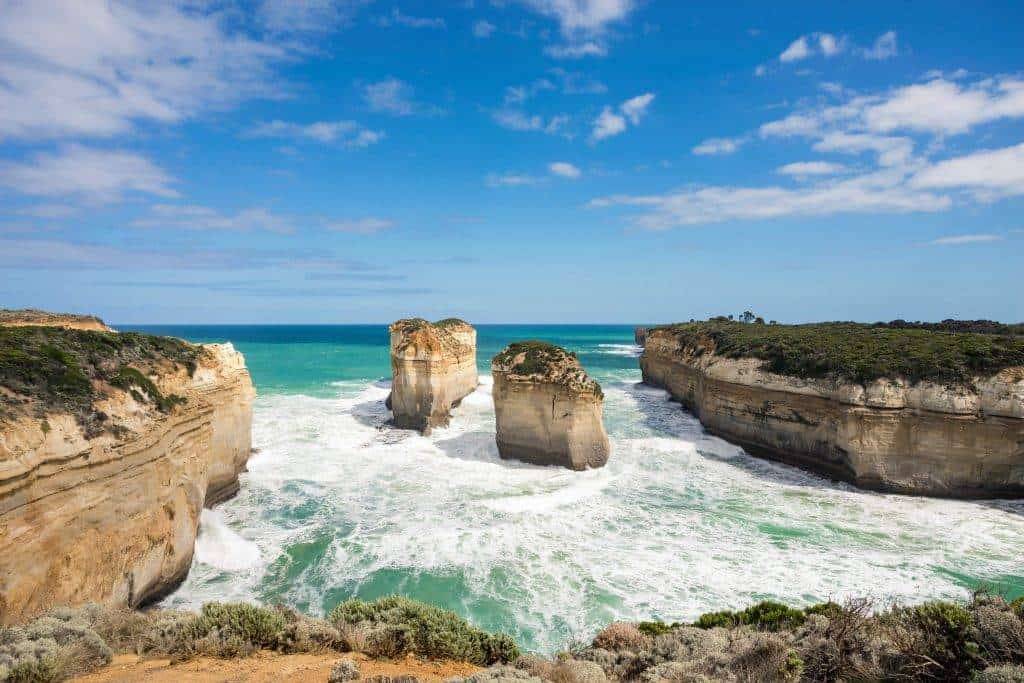
The weather is often violently stormy here, and the combination of huge ocean waves and high winds has formed dramatic rock formations – the highlight of the domain, the famous Twelve Apostles. These are giant limestone stacks that were once part of the shoreline cliffs, but over millennia, have been eroded and now stand alone looming upwards from the wild southern ocean floor.

Port Campbell is a lovely town itself and a starting point to the surrounding points of interest such as The Arch, The London Bridge and The Grotto. If driving a little inland, one will find nice farms with home-made goodies, such as cheesery, chocolate factory, winery, distillery and ice creamery.

Warrnambool is the last town on the Great Ocean Road and the final destination. It has good infrastructure and a gorgeous beach. The Bathing Beach along with the Lake Pertobe Adventure Park is the most popular but also the Flagstaff Hill Maritime Village is a good spot to learn more about the local seafaring history. Whale watching is possible at the Logans Beach`s viewing platform during the winter months, and there are many all-season walking tracks in the Thunder Point Coastal Reserve.
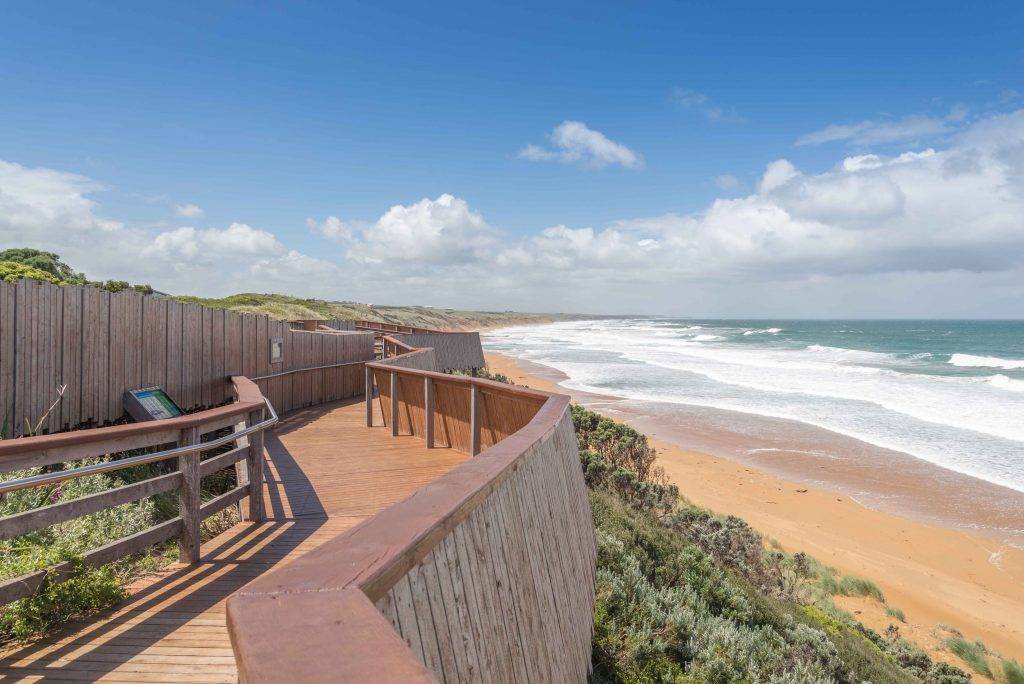
MAJOR ATTRACTIONS ON THE GREAT OCEAN ROAD
- Geelong – Cunningham Pier, Steampacket Gardens, Riverside Park, Eastern Beach
- Torquay – Australian National Surfing Museum, Point Addis Walk, Bells Beach – perfect for surfing
- Anglesea – Anglesea viewpoint, Point Roadknight Beach, nice bush walks
- Aireys Inlet – Spilt Point Lighthouse, Memorial Arch lookout, Eagle Rock Marine Sanctuary, Fairhaven Surf Beach, Allen Noble and Bird Sanctuary Wetlands
- Lorne – Erskine Falls, Lorne Beach, Lorne Pier, Teddy`s Lookout, Carisbrook Creek stacked rocks beach
- Kennett River – Grey River Reserve, Koala Walk (koala spotting)
- Apollo Bay – Mait`s Rest Walk, Cape Patton Lookout, Mariners Lookout, the Greek community, lovely taverns and fresh seafood in the village
- Otway National Park (Glenaire & Lowers Hill) – Otway Rainforest (Otway Fly Tree Top Walk – see the Otway`s from a bird`s eye perspective), Fauna Australia Wildlife Park, Cape Otway and its large colony of koalas, Castle Cove Cliffs, Dinosaur Cove – a site of dinosaur fossil discovery, Johanna Surf Beach, visit the caves and glow worms, in the area and take some of the numerous walking tracks
- Port Campbell National Park (Princetown & Port Campbell) – the Twelve Apostles, London Bridge, Sentinel Rock, Loch Ard Gorge, Tom & Eva Lookout, Mutton Bird Lookout, Thunder Cave, Geology Walk, Gibson`s Steps, Grotto, numerous other lookouts and well-marked self-guided walks in the area, nice farms are selling home-made products if driving inland
- Warrnambool – Shelley Beach, Logans Beach (whale watching platform), Bathing Beach (Lake Pertobe Adventure Park), Flagstaff Hill Maritime Village (museum)Thunder Point Coastal Reserve (bushwalking and coastal sceneries)
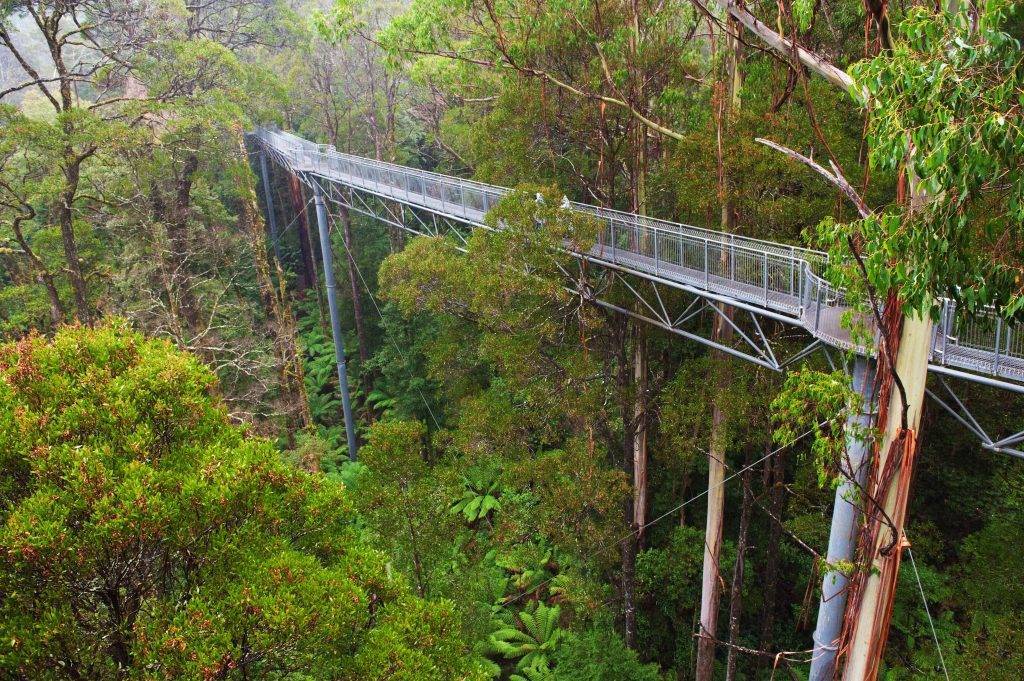
ALTERNATIVE ROUTES (GREAT OCEAN ROAD)
1. The main tourist scenic loop drive running through Melbourne-Geelong-Port Campbell-Colac-Geelong-Melbourne is an approximately 500 km long route that usually takes one day. However, if you like to take time and travel at the unrushed pace, it is better to allow two days/1 night (Stay at Port Campbell overnight)
2. Alternatively, the route can be extended to Warrnambool (return via Camperdown and Lake Corangamite to Geelong) or continue further up the coast to Portland (return via Ballarat to Melbourne)
3. If you are planning on an extensive road trip, keep driving along the coast to South Australia until you reach Mount Gambier, Port Elliot or even Adelaide, and in that case, you should count on 2-3 extra days. It is one of the most popular Australian road trip destinations and one of the most spectacular ones
NOTE There are many holiday parks and paid campsites on the way but also guesthouses and nice guesthouses and B&B in Port Campbell.

WHEN TO TRAVEL
The best time to travel the Great Ocean Road is in summer, considering that you will want to enjoy the beaches and views. However, to avoid crowds try not to travel during the Australian school holidays (mid-Dec till early Feb and the Easter time).
We think that the ideal time may be Feb-Mar, but the coastline becomes more dramatic and impressive in autumn and winter (also fewer tourists). Weather in Victoria can be tricky, and it often rains regardless of the season.

HOW TO GET THERE
Fly to Melbourne. Hire a vehicle (suitable for 2WD) and drive to Geelong, where the scenic road starts at Torquey.
For all flights visit www.momondo.com or www.skyscanner.com
